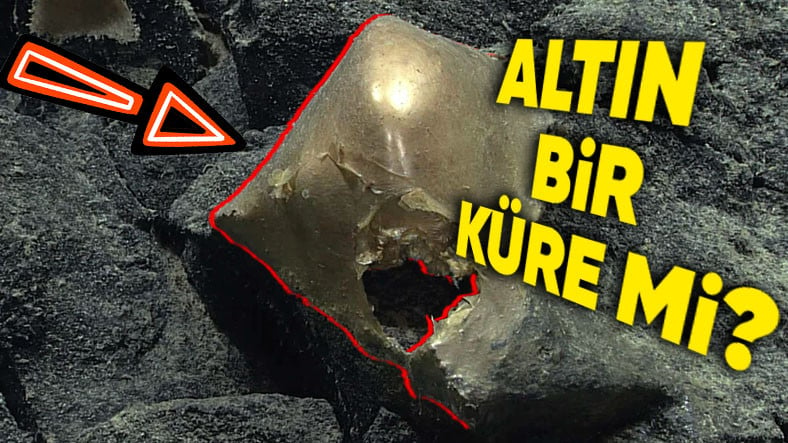Astronomers have discovered a planet that is only 3 million years old, a baby in planetary terms. named IRAS 04125+2902bIt is the youngest planet discovered using conventional detection methods. The planet was noticed by a group of scientists led by Madison G. Barbera is a graduate student at the University of North Carolina at Chapel Hill.
To understand the location of the newborn planet, we need to take a metaphorical journey to Taurus, 430 light years away. It is an active stellar nursery, home to hundreds of newborn stars, making it a prime target for astronomers. According to researchers, the young world is still glowing from the embers of its formation as it continues to develop.
Young planets are often hidden
The Taurus molecular cloud provides important information about the formation and evolution of young stars. But when it comes to the planets in this star chamber, it’s like trying to read a closed book. Instruments like the Transiting Exoplanet Search Satellite (TESS) rely on a clear line of sight to detect planets. These telescopes observe the decrease in starlight as a planet passes across the face of its star. But when there are obstructing debris disks, potentially transiting planets remain hidden.
Happy discovery of newborn planet
Luckily, the outer debris disk surrounding the planet deforms, making the young world visible to TESS. So why did this deformation occur? Perhaps the planet moved closer to its star, causing the outer disk to deviate from its orientation. Viewed from Earth, we see the edge of the planet’s orbit, while the outer disk looks straight ahead. However, for this, another (rather large) object is needed in the system, which we have not yet discovered.
Star companion: friend or foe?
The system’s sun has a distant stellar companion that could cause distortion. However, the orbit of this companion coincides with the planet and its parent star. Normally this alignment should bring the drive closer to the system rather than away from it. So it cannot fully explain the distortion. Another possibility is that there is no companion star at all. Dense stellar nurseries such as the Taurus Molecular Cloud can cause the disk to deform through “rainfalls” of falling material. It is currently unclear whether such deformed or fractured discs are common.
Also read – Spacecraft of Asian countries avoided collision in lunar orbit
Maybe a mini Neptune or a super Earth
By combining TESS transit measurements with the oscillation method, scientists learned more about the newborn planet. This method detects changes in starlight due to a planet’s gravitational pull on its star. The planet’s mass is one-third that of Jupiter, but its diameter is similar. This means less density and possibly an expanded atmosphere. This may turn out to be a “mini-Neptune” or a rocky “super-Earth”; both of these are common in the Milky Way, although not in our solar system.
The observation of IRAS 04125+2902 b provides invaluable insight into our understanding of planet formation and migration. The unique conditions surrounding this planet, including the potential curvature of the disk and the ability to observe transits at close range, challenge existing theoretical models.
Conventional views suggest that the migration of planets occurs gradually under the influence of the dynamics of the protoplanetary disk. However, the observed deformation suggests that external forces or rapid internal migration may play a more important role than previously thought. This discovery advances our understanding of complex planetary systems by encouraging astronomers to re-evaluate how planets can universally evolve in different environmental conditions.
Future observations of the young planet
The unusual properties of IRAS 04125+2902 b make it a prime candidate for further investigation. Future missions equipped with advanced telescope technology could help clarify the dynamics of the environment and reveal the nature of potential nearby objects affecting the structure of the disk.
For example, next-generation high-resolution telescopes can produce more detailed images, providing a clearer understanding of the disk’s orientation and the effects of any interference.
Additionally, comparing IRAS 04125+2902 b to other young exoplanets in similar stellar nurseries could help experts determine whether this type of planet-disk interaction is unusual or common in the universe. Continued observation will be critical to studying these puzzling conditions and expanding our knowledge of early planet evolution. The study was published in the journal Nature.













